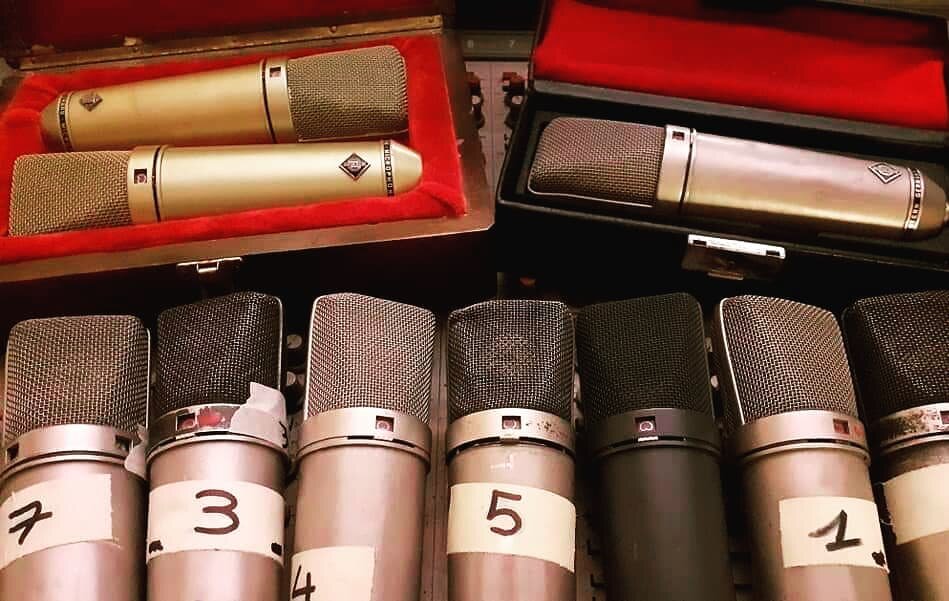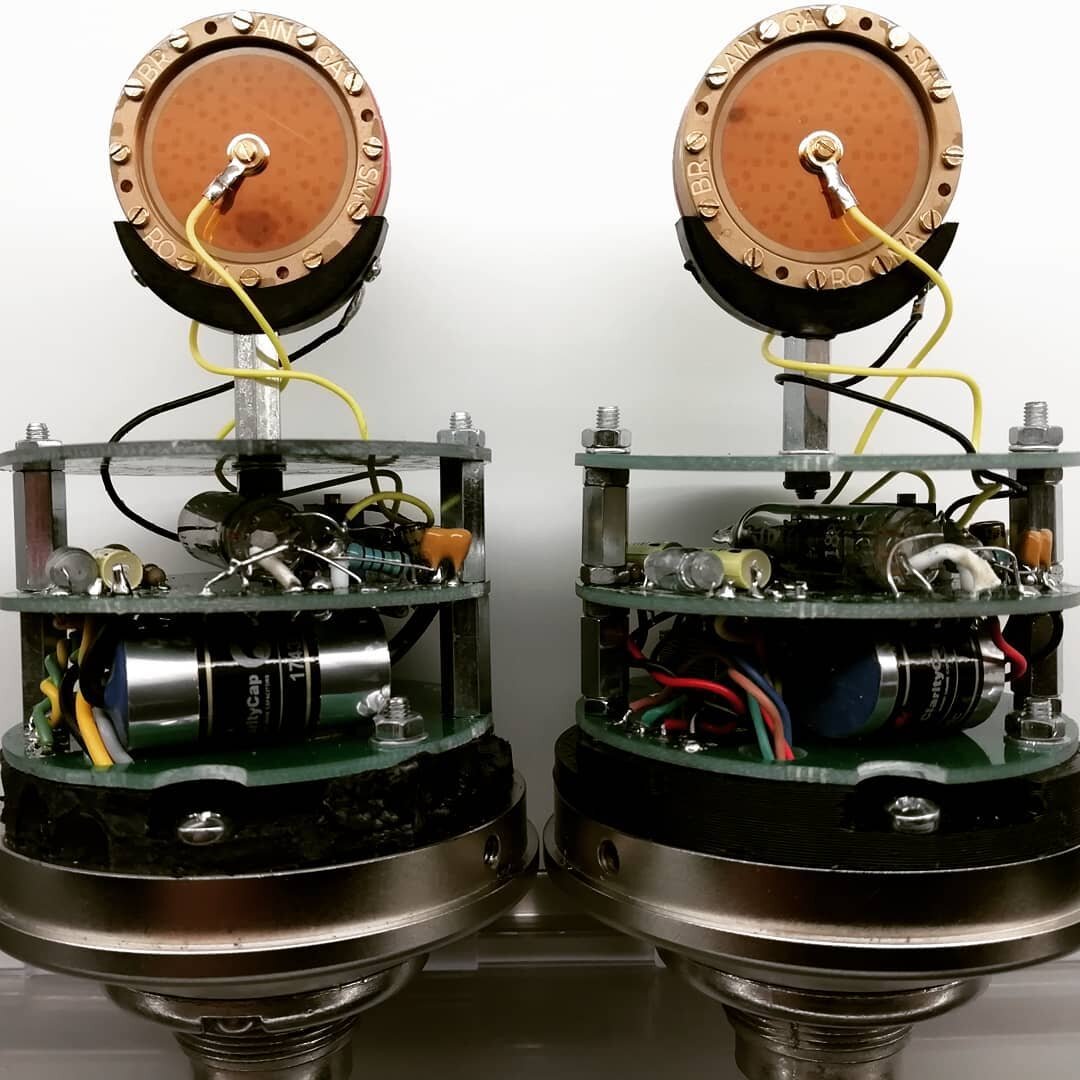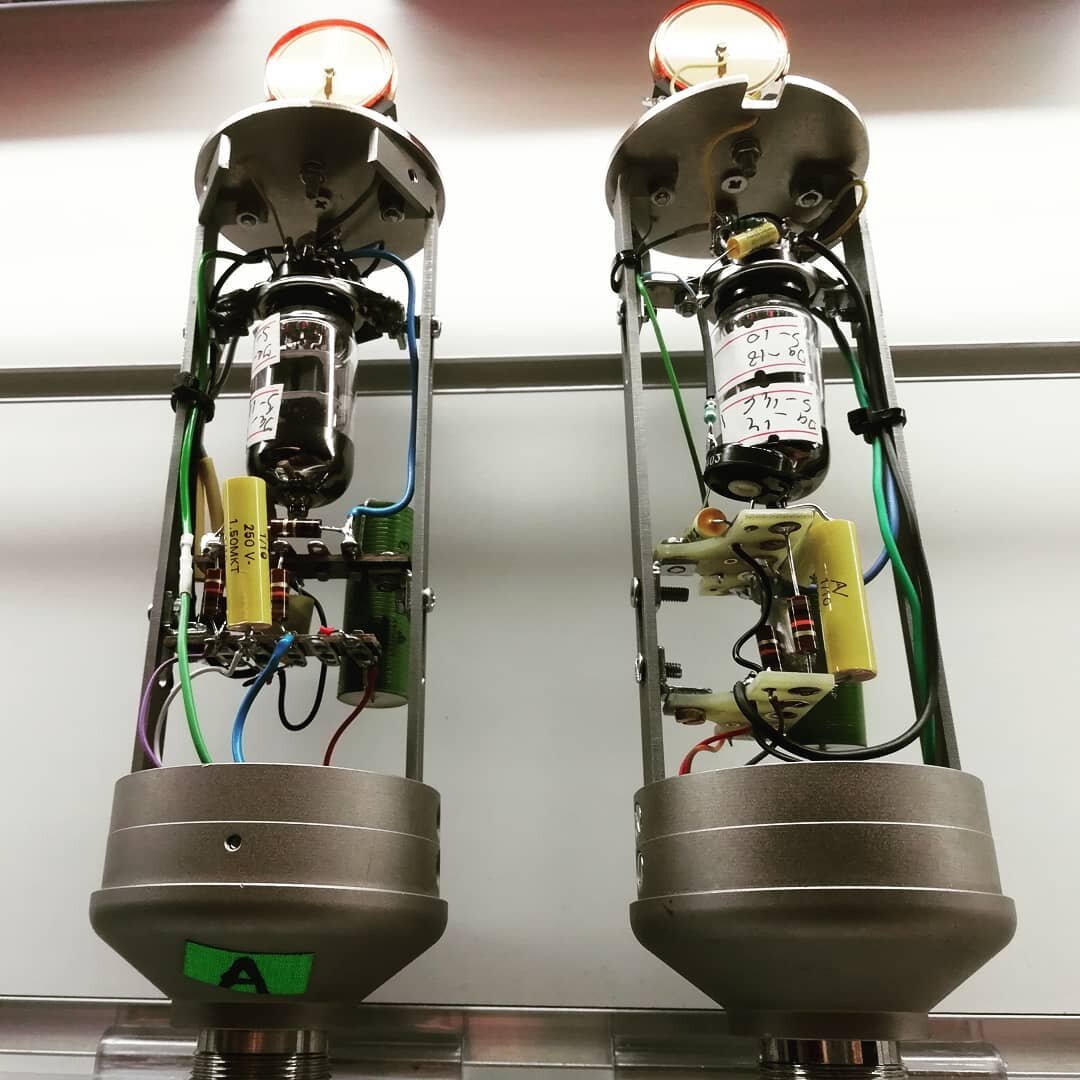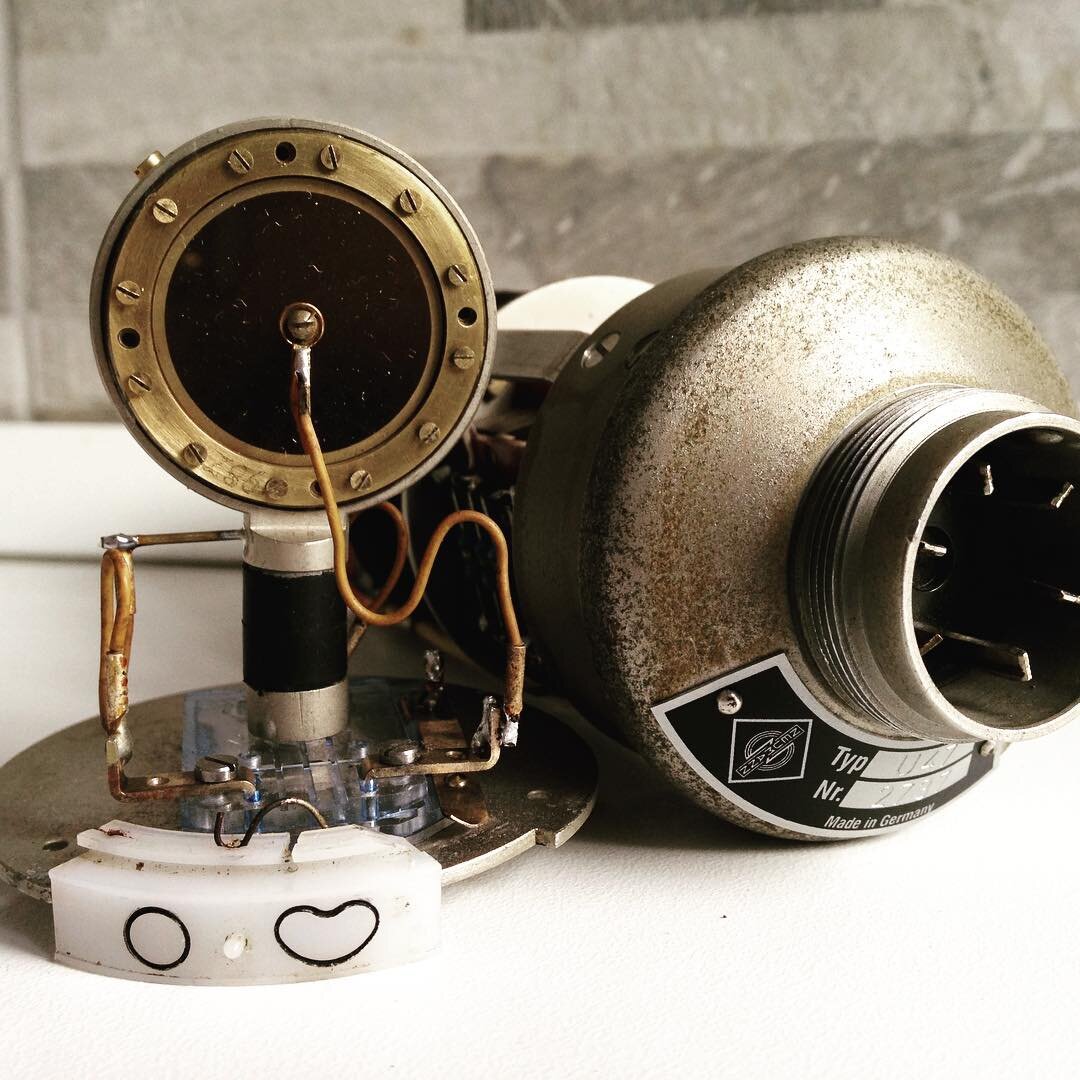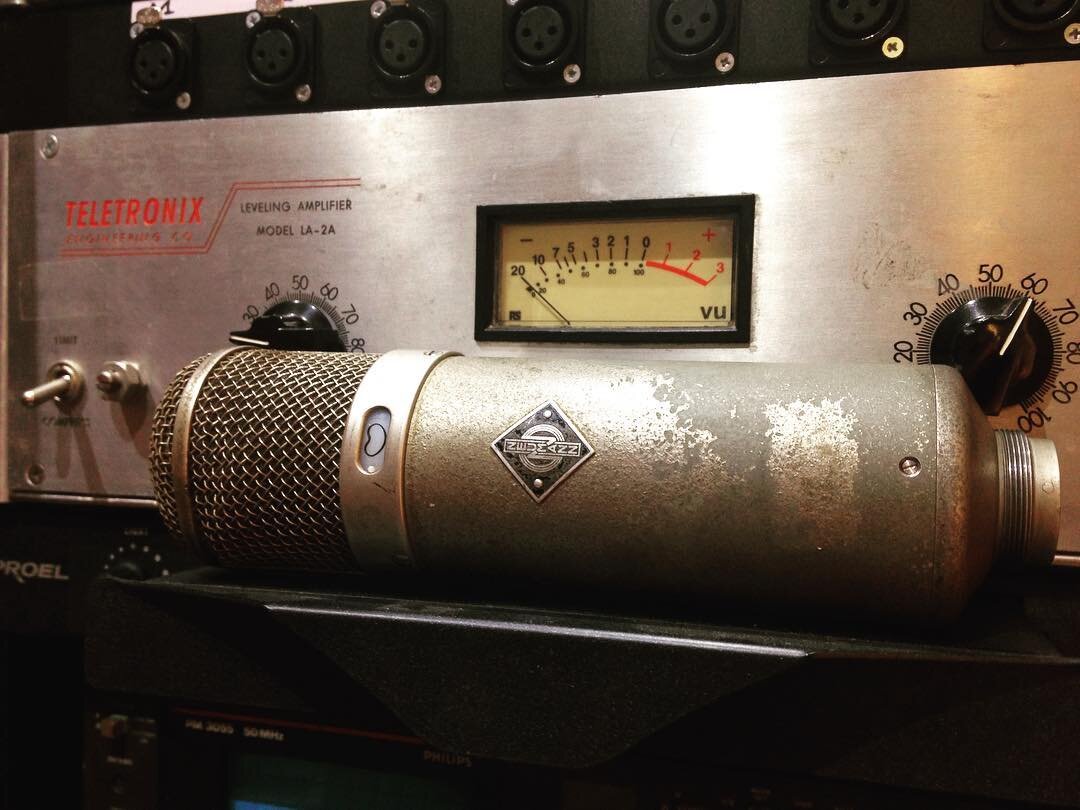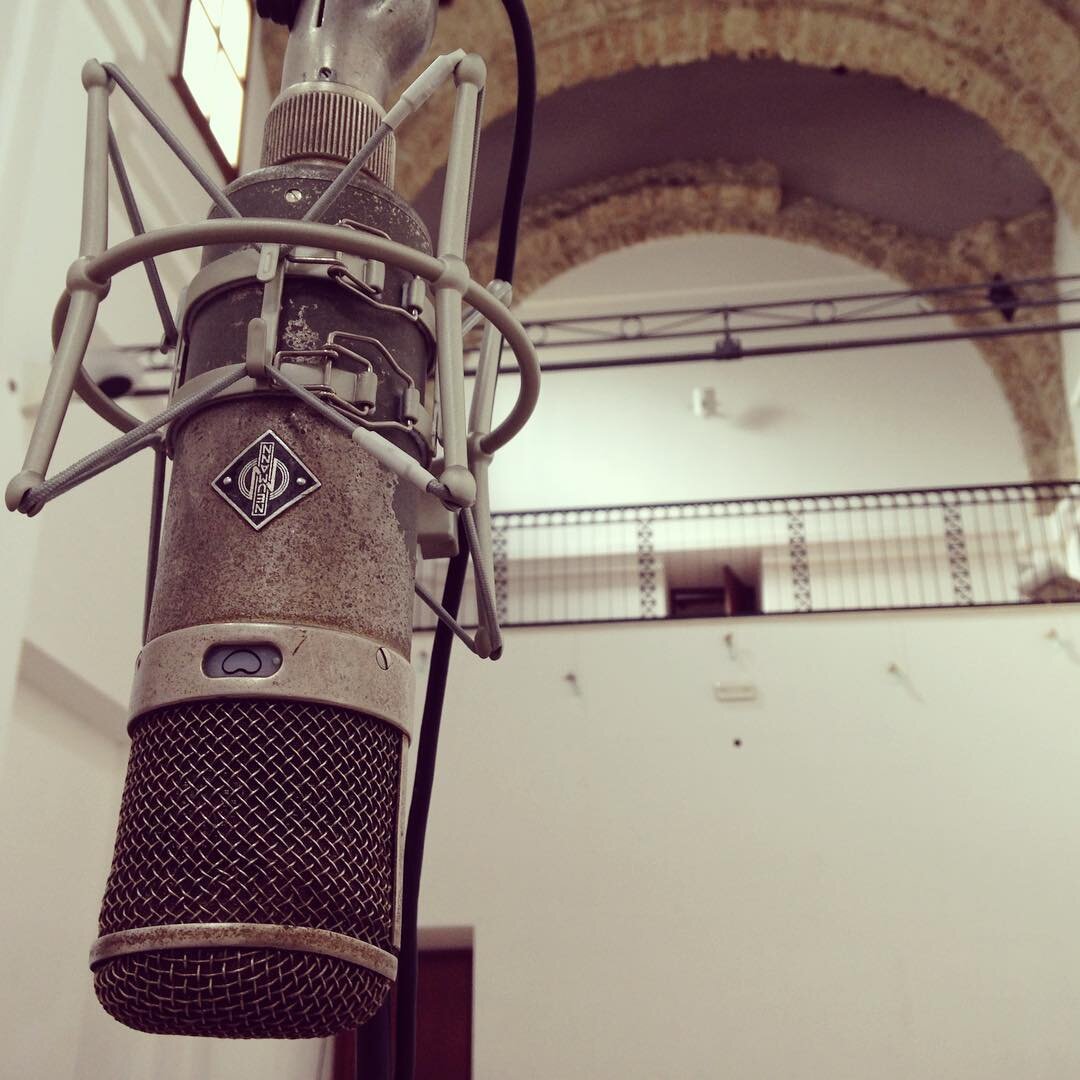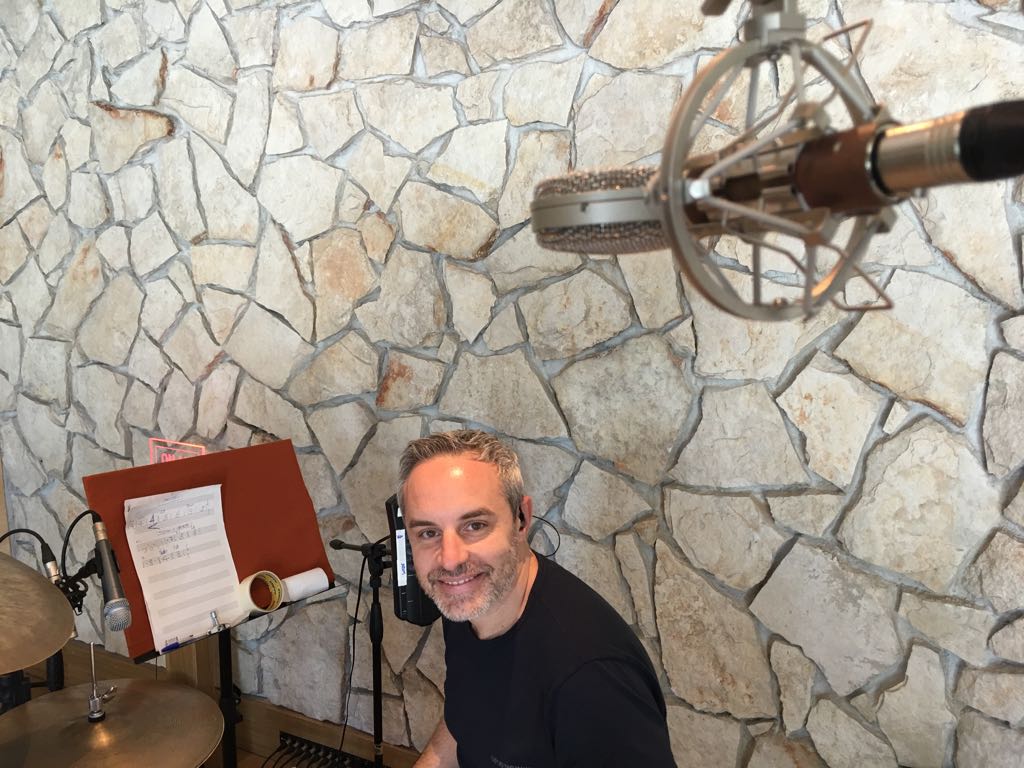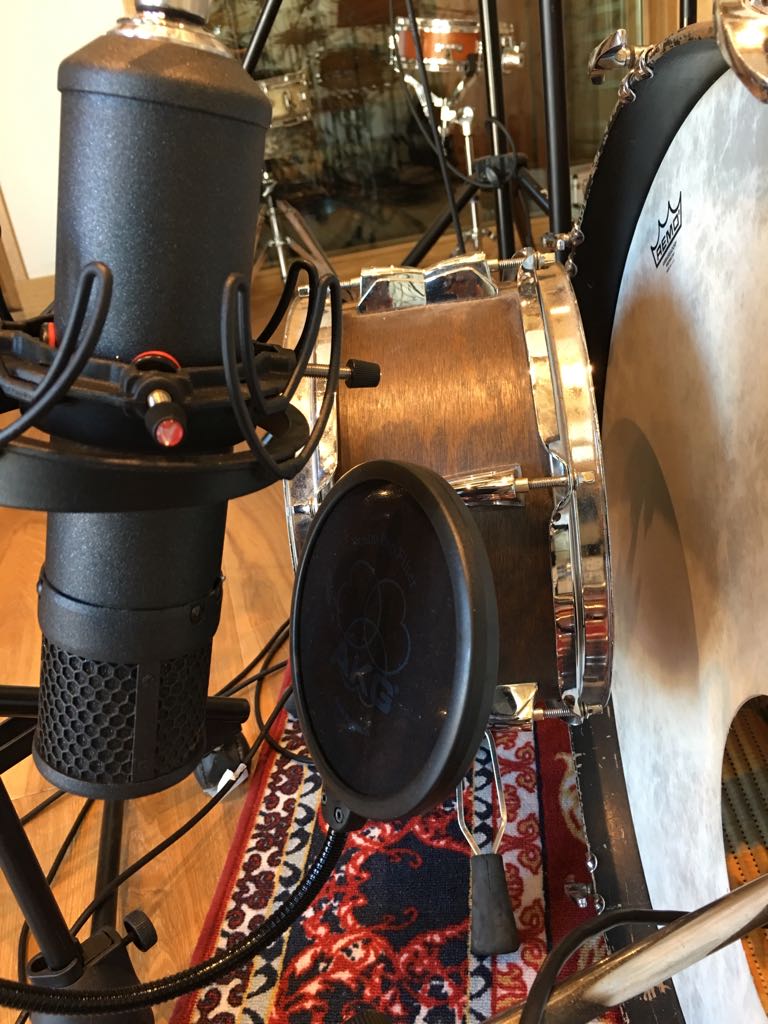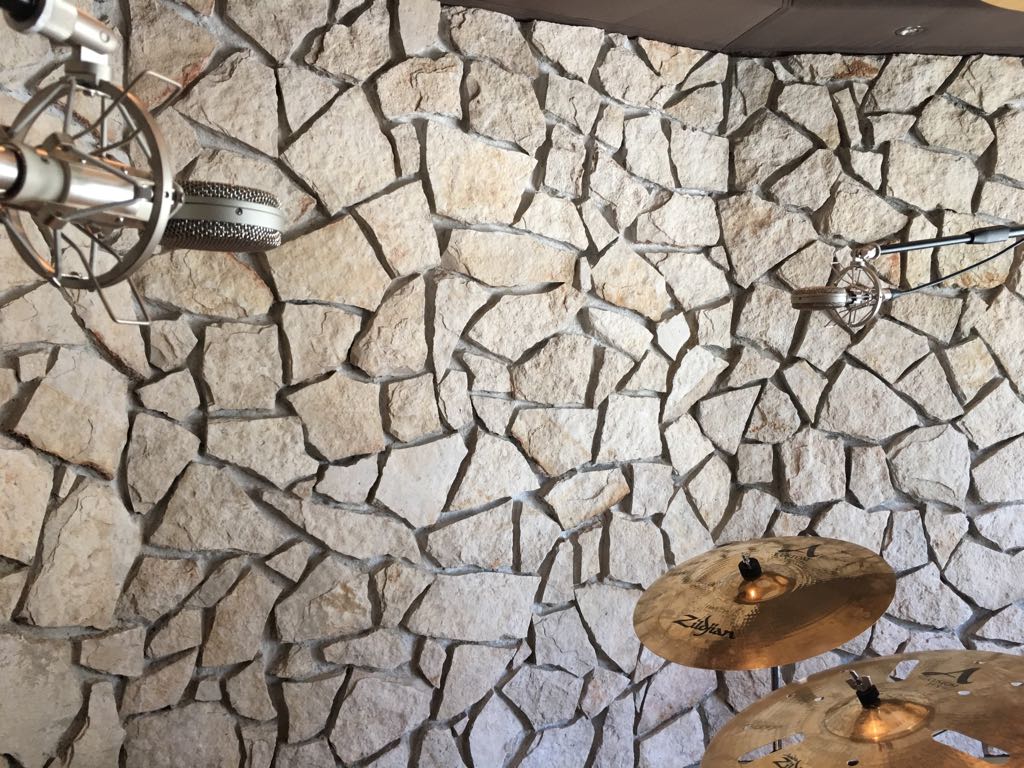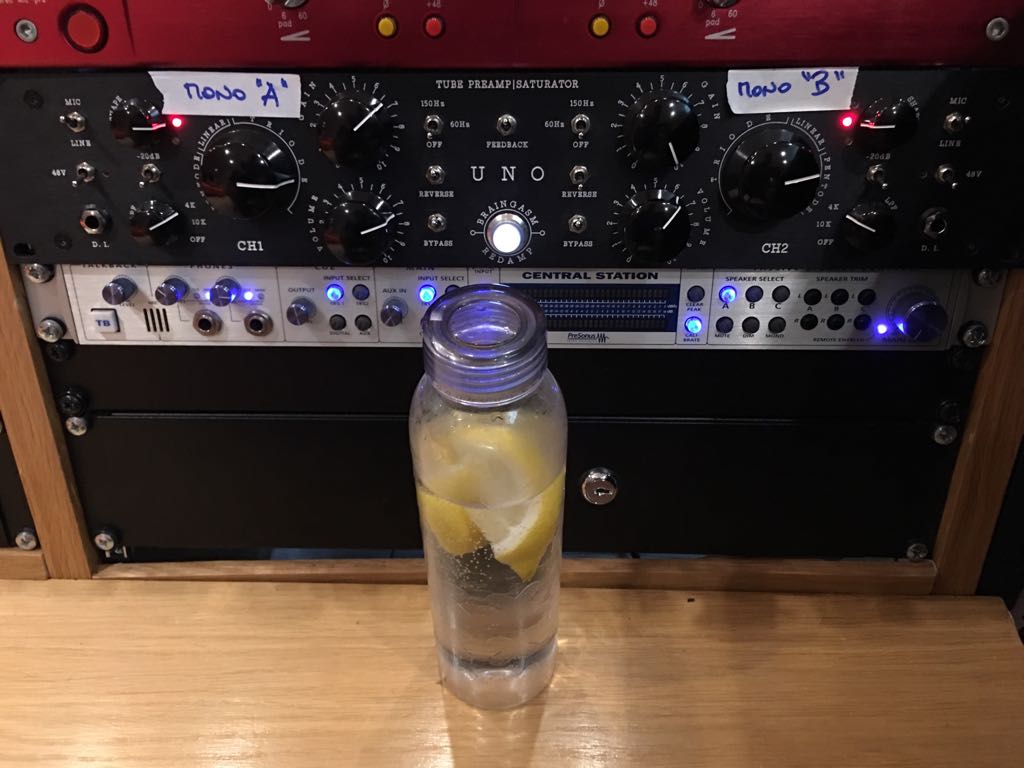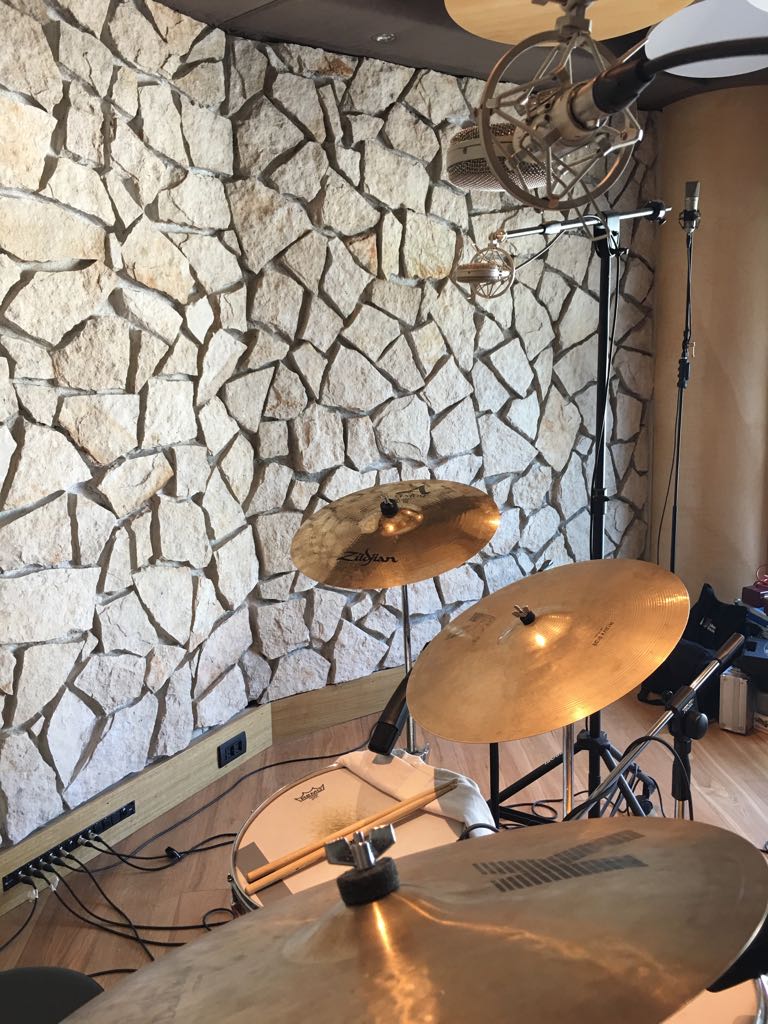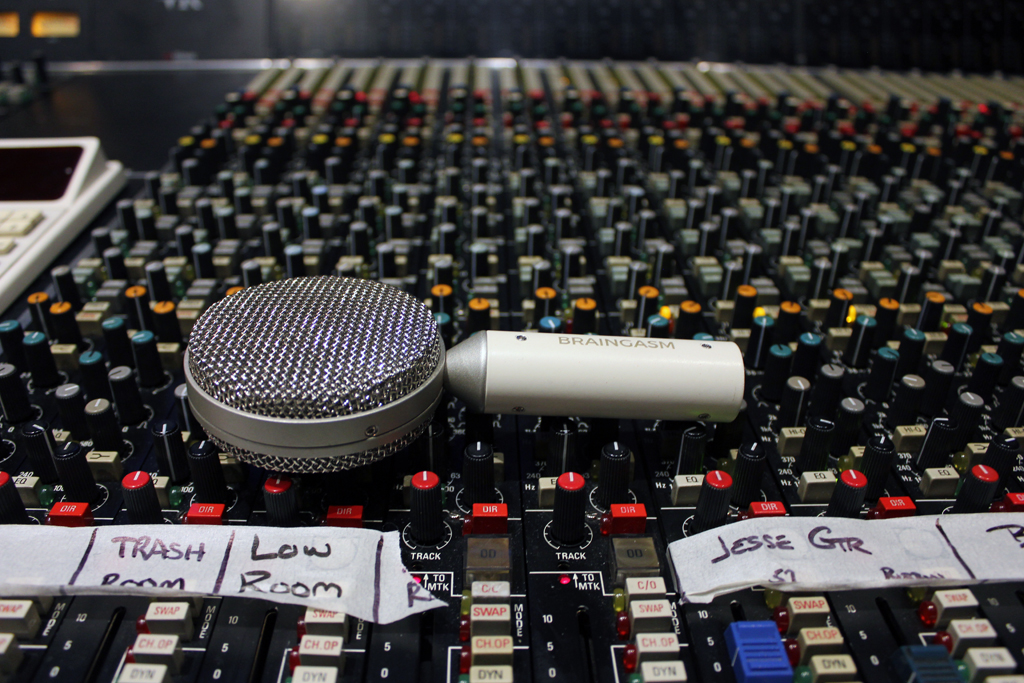The Sound engineer's Guide to the Galaxy
/I started writing this article in the midst of a lockdown, a moment of reflection and nostalgia, 12,000 km away from home, just a stone's throw from the South Pole, immersed in the South American magical realism, amidst a pandemic, empanadas, and revolutions.
In the past 3 years, I took a break from the metropolis and moved to Chile, working for Stam Audio as the Director of Engineering, involved in the development of highly complex projects geared towards intercontinental distribution. It has been an incredibly enriching experience, both personally and professionally, allowing me to tackle pro-audio design at an advanced level.
I have just returned to Italy, ready to reopen the doors of Braingasm Lab in Rome and rev up the engines at full throttle, armed with a new wealth of experience and the desire to rediscover the personal relationship with my clients.
RIPARAZIONE U67
RESTAURO U87 - TEATRO DELL’OPERA DI ROMA
Mass production is an opportunity in terms of product distribution and processing times, but 2 years after the introduction of Magnitube, Ferro, and Multi-Deluxe, which performed very well in the international market, I felt the desire to return to custom shop and repair work. This is the activity with which I started and it transformed Braingasm Lab from a desk and soldering iron in the home workshop into a recognized and appreciated brand.
CUSTOM M49’S
CUSTOM U47’S
POINT TO POINT ACTION
I have created an illustrated guide to large-diaphragm condenser microphones, inspired by the classics, differentiating designs based on the main components that characterize a microphone's sound, listed in order of importance.
This "Sound engineer's Guide to the Galaxy" started as a divertissement (in the true sense of Blaise Pascal), a frivolous distraction in a moment of existential crisis. However, I decided to continue it as a tribute to my visceral passion for microphones and as a critique of the incurable heaviness of our French neighbors.
To design the guide, I chose to start with what I believe is the most defining element in a microphone's sound, identifying the 4 most well-known large-diaphragm condenser capsule models (M7, K47, K67/87, and CK12) and continuing the analysis of subsequent stages.
my beloved 1960 u47
my favourite vocals recordng setup
drums recording with my neumann u47
Capsule: The beating heart of a microphone, the electroacoustic transducer, a bridge between two worlds (acoustic and electric), largely responsible for frequency response, detail, and definition. It would take an entire blog to talk about capsules and describe all the ones I've tried, disassembled, broken, and repaired, up to designing and producing (with the help of specific machines and specialized engineers) a Braingasm signature line that I use both in my models and as an alternative to the originals in major repairs.
Amplifier: With few exceptions, there are two choices: tube or J-FET, sometimes configured as unity gain active elements (simple impedance converters), other times as true amplifiers (gain stages). The most significant differences concern headroom, transient response, and harmonic content. The debate of 'one is better than the other' is inconclusive, just like the intuitive misconception that a tube distorts and a transistor doesn't, or that the tube is more 'colored.' Nonsense. It depends. Always. Don't be fooled.
Output Stage: Again, there are two options here, solid-state driver or transformer. The interaction of these elements with the amplifier on one side and the external world on the other influences frequency response and the S/N ratio, determining also the microphone's output impedance. With few exceptions, a tube microphone always requires an output transformer configured as step-down. As a general rule, the higher the tube gain (technically its transconductance), the higher the required transformation ratio, necessitating a higher-quality transformer in terms of inductance and core material. The risk in this case is a loss in low-frequency response, ringing or resonances, and worsening of the S/N ratio. The choice of the amplifier circuit and output stage becomes crucial not to nullify the work of a good capsule. In my 'MAGNITUBE,' for example, I chose a tube highly valued in the hi-fi world, not microphonic, and with low output impedance, rarely used in a microphone but very similar in curves to a VF14, which I know well from owning a Neumann U47 (S.N. 4805 from 1960). This (somewhat unexplored) choice offers significant advantages because it allows the use of a low-ratio transformer (in my case, a Sowter 9145, used as an input transformer in the 1073, in my case wired in reverse), ensuring a full spectrum response and huge headroom.
In the case of a J-FET amplifier, on the other hand, a high-ratio output transformer is always necessary (generally between 7:1 and 10:1), as in classic designs like U87 or KM84, which inspired my 'FERRO.'
Finally, in the case of a transistor output stage, we find 2 BJT connected in transconductance, the classic 'Schoeps CMC-style' amplifier, ultra-linear, quiet, and low-consumption, which inspired my 'MULTIDELUXE.'
magnitube power supply
drums recording with braingasm microphones
bg7 capsule
CONCLUSIONS
Fortunately, there are none. I will never speak about which microphone is better or worse than another.
Use your ears, unleash your passion for sounds, experiment, and have fun, in defiance of Blaise Pascal!


